Desktop Computer Buying Guide: Be an expert in PC cases with these 10 tips and buy the most suitable one
The PC case is a component in which we do not skimp a lot of money, but which is vital for many purposes: cooling, hygiene, settings, etc. We are going to tell you the 10 tips that will make you an expert in PC chassis, knowing how to choose which one is the right one and, most importantly, saving you money!
Many boxes have passed through our offices, and I am not referring to the cardboard ones, but to the main product of today: the PC box. Users leave this product for last, investing less money in the chassis, but the truth is that it has its importance. In fact, it has a certain relationship to the motherboard in terms of compatibility.
Index of contents
What configuration do you have in mind?
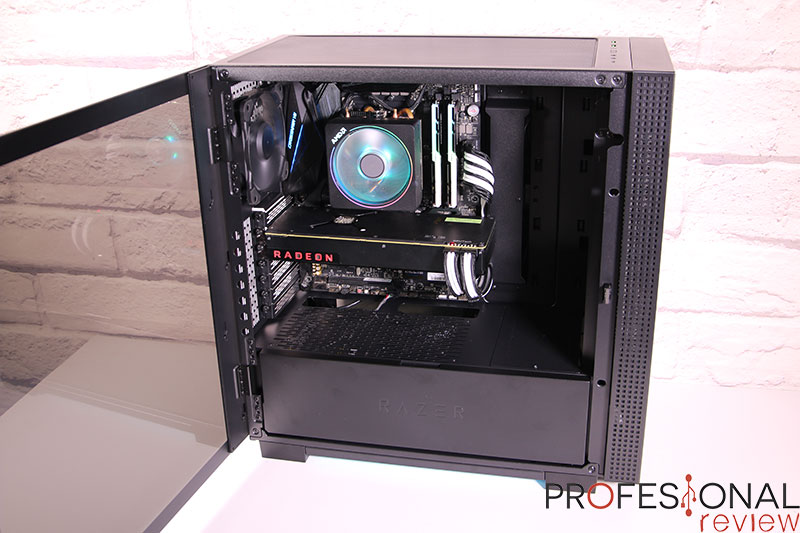
Let’s start with the project you have in mind in relation to your PC: mini PC , custom PC with liquid cooling, simple gaming PC, micro-ATX , E-ATX or ATX . The PC box should be the central pillar of your project because all the components you want to fit must fit.
The goal is not that they fit, but that they can coexist and function at maximum performance, so you have to understand the basics:
- Cooling . The box has the task of cooling the components inside through an air circuit that allows the exit of hot air and the entry of fresh air.
- Cable management . A good box has to give us maneuverability in the cables so that they do not “strangle” or are damaged by “crowding them”.
Tower or semi-tower?
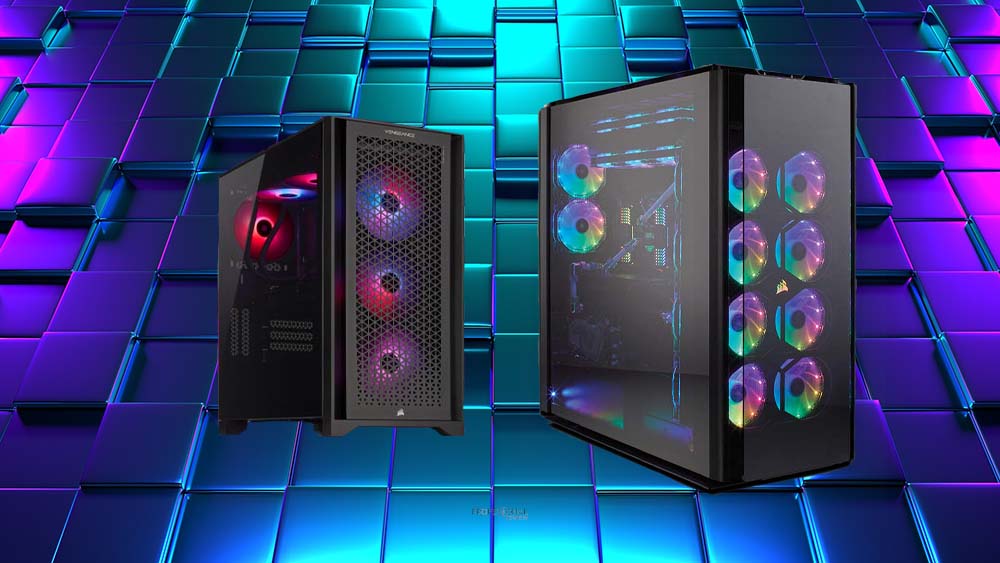
It seems like a debate from the past because the semi-towers have ended up imposing themselves offering very broad form factors. Before, the mid-towers were for ATX at most, with Micro-ATX prevailing in most configurations.
In the market we find midtowers that offer compatibility with Extended ATX , which would be the largest form factor of all. That being said, I always recommend checking the following to play it safe:
- Box dimensions.
- Motherboard measurements.
- Dimensions of the graphics card that you are going to install.
And the towers I would tell you that they are the appropriate format for custom liquid cooling because they offer a lot of space, which is necessary to install tanks, tubes and all the paraphernalia that it entails.
Buy a bigger or smaller box ? This is a big dilemma, but I’ll tell you something: don’t think too long-term about USB connections. It is true that the PC case is a component that has a tremendous useful life, so it can last us more than 10 years without messing up.
Yes, but USB connections will be obsolete by now, so don’t think so long term: buy what best suits your needs. For example, if you are going to opt for a Micro-ATX factor and the box is ATX, you will have plenty of space everywhere and the aesthetics will not be good, although if you do not mind it does not matter!
Proper form factor
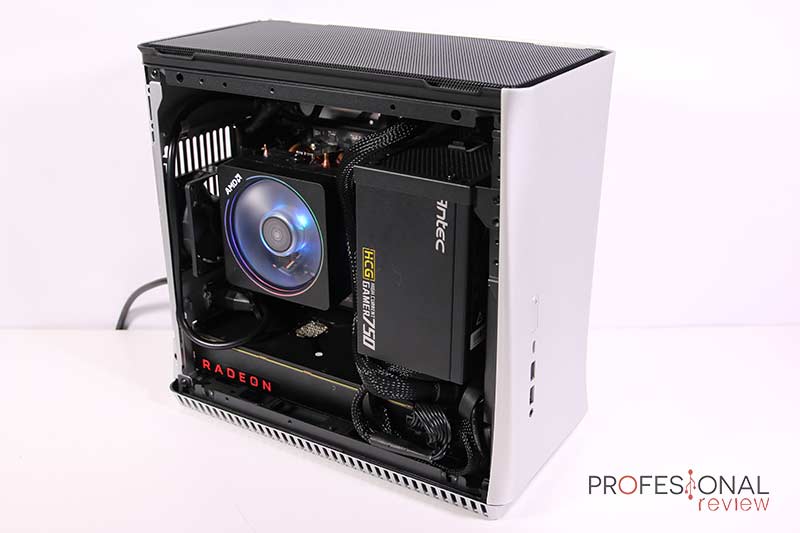
What is the proper form factor? It depends on what you want to build , so we return to point # 1, although we can give you some references to know which is the most appropriate:
- A powerful gaming PC is enough with an ATX form factor. This factor is the standard and the offer of motherboards is brutal in medium and high ranges. We will enjoy more M.2 slots, more RAM memory slots and more PCI-Express slots.
- Is it possible to mount a gaming PC on Micro-ATX ? Of course, and we also find quite a few motherboards in all ranges, especially in the low range. We will have fewer slots (except in RAM), but there are high-end boards that have little to envy.
- Mini-ITX , having clear the options. We can build a mini gaming PC, but keep in mind that we will forget about the RTX 3080/3090 or the RX 6900 XT / 6800 XT because of size issues. It is true that some models with 2 short fans can be worth it, but you have to have the box very well cooled.
If you just want a basic PC, you can go for any of the 3 main form factors in PC cases. In fact, I would tell you to spend as little money as possible on ornamental things, that is, go to the cheapest form factor (Micro-ATX).
Included fans, compartments and dust filters
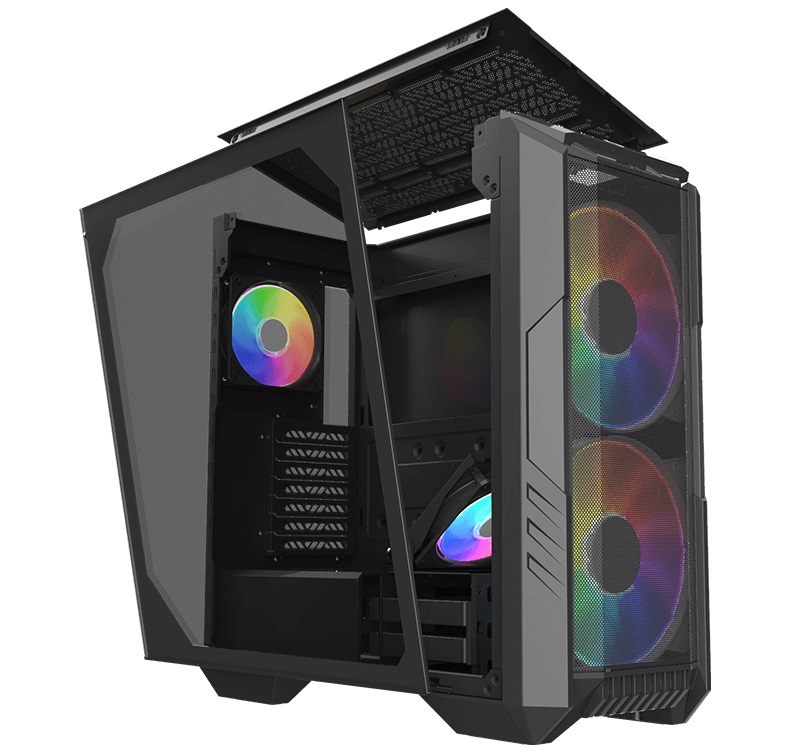
One thing to value in a PC case is the fans that are included and the compartments we have to add fans or install radiators. A good start would be to have front fans and a rear one included, although there are some qualifications to make:
- It is preferable to include a few fans, but they are good = good air flow, RPM and static pressure.
- Don’t go crazy with RGB, cooling is more important.
- You have to find the perfect balance between included fans and compartments.
- If the box does not have an upper compartment to install a radiator … it will limit us a lot if we want the best cooling.
Ideally, 3 120mm front fans or 2 large 140mm base fans with rear fan . Another great option are 2 front fans and one rear fan , mostly to cover the air inlet and outlet of the circuit.
Tell you that you can buy loose fans for your box and there is a huge offer of brands. Simply, you have to look at what measurements your box accepts and compare them with the fan you want to buy. Then that fan plugs into the motherboard and voila!
Finally, I wanted to tell you about the dust filters : check that we have filters on the grids to prevent dust from entering the box.
Tempered glass or methacrylate
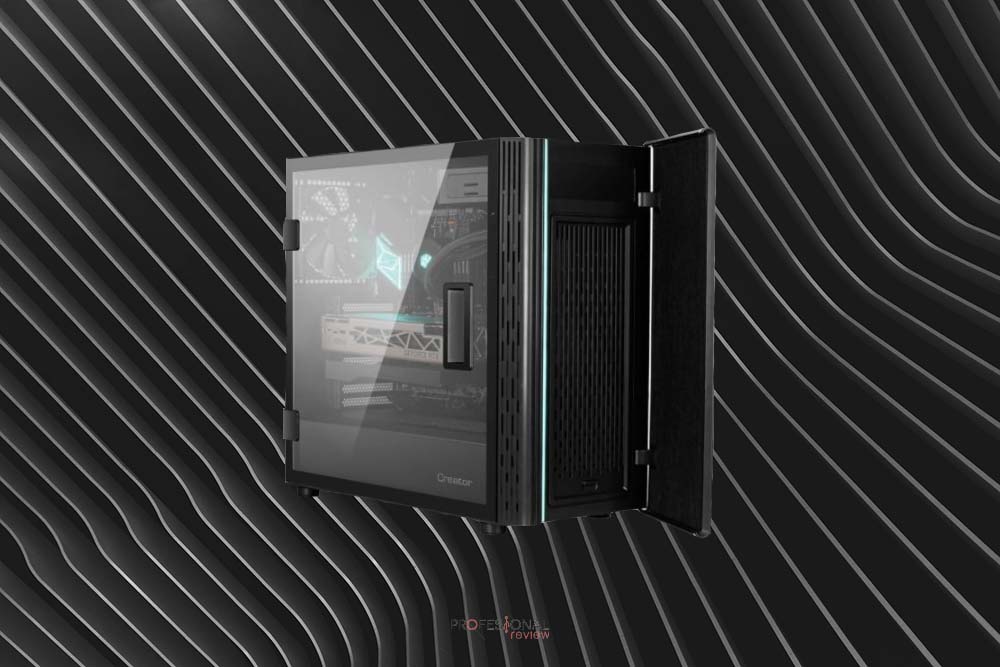
It must be made clear in advance that this choice is purely aesthetic, and that we have an extensive comparison between tempered glass vs methacrylate . To sum it up, I’ll tell you the most important thing:
- The tempered glass is much more aesthetically pleasing and easy to clean. It adds a lot of weight to the case and is not flexible, so it can break or crack if we accidentally hit it.
- Methacrylate is the window option ‘low-cost’ is easily scratched , much more light and is present in the boxes low or medium range.
Cable management

It is one of the objectives that we have to be clear when buying a PC box : that it has good cable management. We install the power supply and it is time to pass the cables to connect them to the motherboard or to the components:
- There are boxes with the power supply cabinet quite narrow , which makes cable management difficult.
- Look at the holes in “the wall” or the right side of the box to see at what different heights we can remove the cables.
- Learn about cable management to take care of cables to the maximum and improve aesthetics thoroughly.
USB outputs
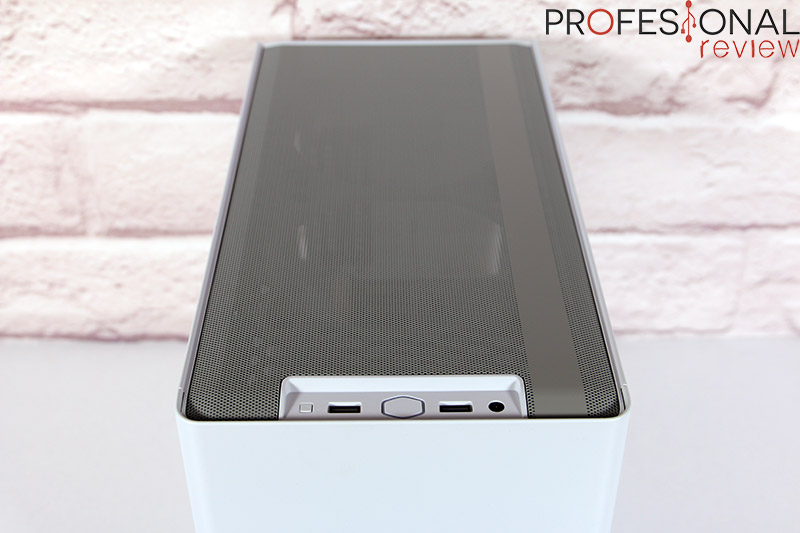
This advice refers to the compatibility between motherboard and PC box because a common mistake is to have a motherboard with very good front USB outputs , but a PC box that does not support these.
We have to check what front USB outputs the motherboard offers and then see what ports the PC box has so that we can connect the devices we want without problems. Personally, I have seen PC cases with USB ports not working , which is a waste (the way I see it).
Yes, we will always have the rear USB ports that the motherboard has to connect whatever we want, but don’t you want more comfort?
Recommended PC Case Brands
I am not from brands, but from experience, so throughout the Professional Review team we have shared experiences about PC cases to reach the conclusion of which brands have decent quality standards.
I’m going to limit myself to listing recommended brands because I don’t like to point a finger at any specific brand. Keep in mind that there are brands that improve a lot with the passage of time, so it is not good to “execute them” for having a couple of bad experiences.
Based on our experience, the brands we recommend are the following:
- Corsair.
- Fractal.
- Cooler Master.
- Phanteks.
- NZXT.
- Thermaltake.
- Sharkoon.
Do you have to buy a PC box from some of these brands? No, because there are many brands. We share with you our experience in reviews, as with boxes that we have had, and the truth is that the ones that we have listed are quite good.
Liquid cooling, which chassis to choose?
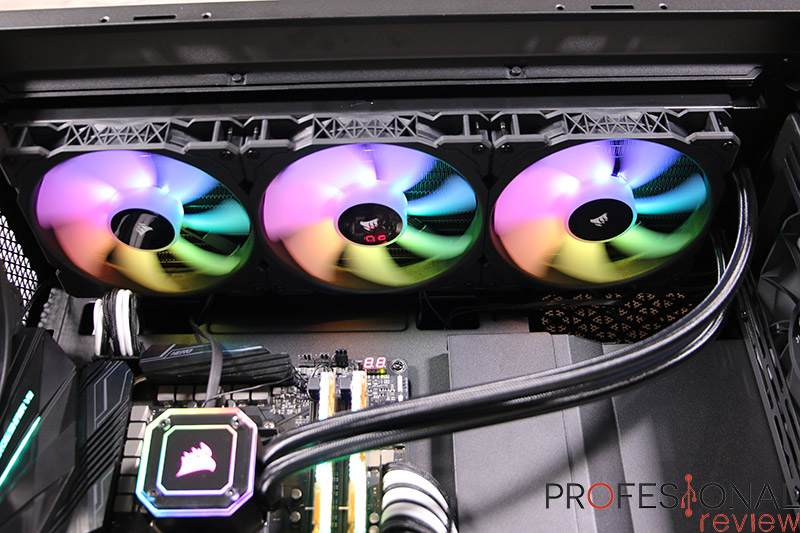
I am somewhat skeptical of sizes and liquid cooling, so I always recommend an ATX form factor , a good quality semi-tower is sufficient. However, it is possible to mount a liquid cooling kit in smaller boxes, especially AIO kits .
Those of you who choose a mini-ITX form factor in your PC case and want to assemble a liquid cooling kit, I recommend you take a look at this liquid cooling tutorial for CPUs , in which we break down the errors that are made when it comes to assemble a kit.
The madness of RGB: aesthetics pay
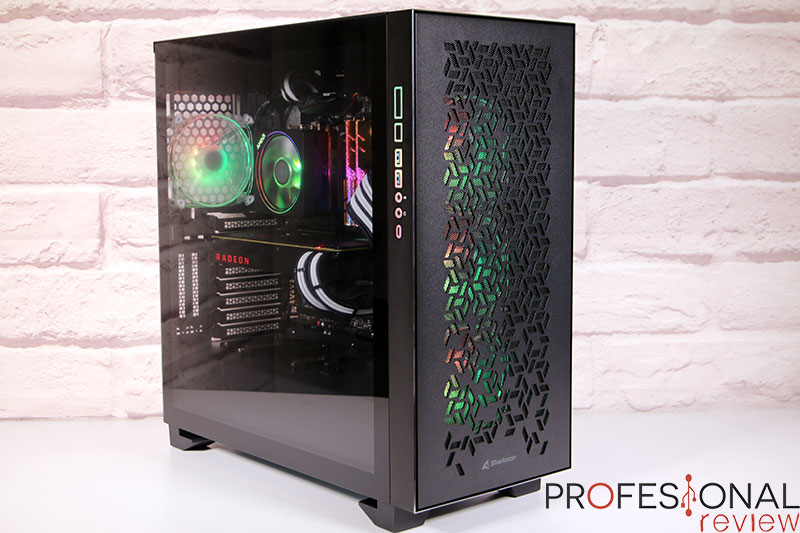
Finally, it would be good to warn about the weight that RGB has gained in PC aesthetics in recent years. For the photo it is great, but the truth is that it is a more complex issue than it seems and, above all, expensive.
I admit, I am among the first to be more attracted to a box with RGB lighting than one that does not have it, as well as the one that comes with RGB fans. However, you have to think with your head: RGB or ARGB lighting makes the PC case more expensive and, within that price range, there are others without lighting that are much more valid.
Afterwards, it can become a hassle to synchronize all the lighting in the PC case, especially with the interior of the PC case. This is because, unless you have all the pieces of the same brand (or a HUB), the lighting of each component “can go to its ball”.
In conclusion, if your budget is loose and you like it a lot, go ahead; otherwise, shop around to see if it’s worth it or not. We hope this information has been helpful to you. If you have any questions, comment below so that we can give you a cable.



